Heat Treatment Process For Ferrous Metals
HEAT TREATMENT OF FERROUS METALS STEEL Normalizing Normalizing is a process whereby iron base alloys are heated to approximately 100F 56C above the upper critical temperature followed by cooling to room temperature in still air. Austempering is the heat treatment process which is used in case of most of the ferrous alloys especially steel and other alloys.
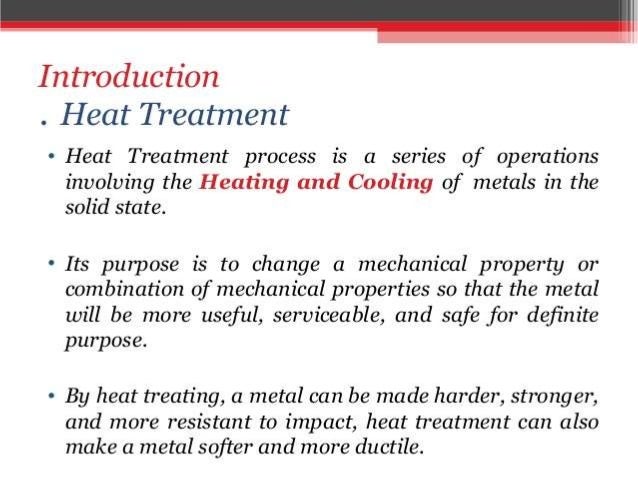
Heat Treatment Of Ferrous And Nonferrous Metals
Heating is carried out.
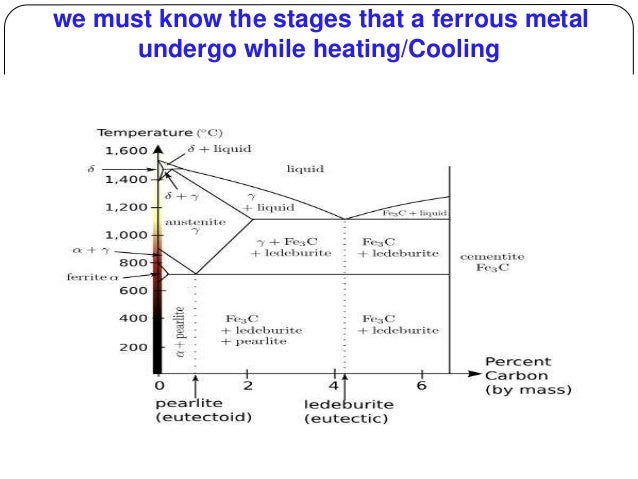
Heat treatment process for ferrous metals. Heating soaking and cooling. The art of controlling the metallurgical properties of steel or any ferrous material is termed heat treatment Through this process the material structure of the metal is altered in order to meet the requirements of a specific application. METAL CLASSIFICATION All metals may be classified as ferrous or nonferrous.
Heat Treatment Process Steps Heating. Change the thermal conductivity of a metal. This process is applied for ferrous non-ferrous metals as well as glass industry.
There are five basic heat treating processes. Metal and heat-treating techniques refer to TM 43-0106. Annealing is a heat treatment process wherein the metal is heated above recrystallization temperature held at that temperature for certain duration so as to homogenize the temperature and then cooled at a very slow rate to obtain an equilibrium structure.
During the holding or soaking stage the metal is kept at the achieved temperature. While some heat treatment processesare used for softening some are used for hardening. Above and beyond this thermally active heat treatment method ferrous workpieces are lowered into special salt baths.
A metal is still considered ferrous even if it contains less than 50 percent iron as long as it contains more iron than any other one metal. None of the above. While reading up on metallurgy and the process of heat treating in Gastonia NC for use in your industry you may have come across the terms ferrous metals and nonferrous metals.
The duration of that. After the soaking. In other words annealing helps to improve ductility machinability and toughness.
Normalizing is used to establish materials of the same nature with respect to grain size composition structure and stress. We must know the stages that a ferrous metal undergo while heatingCooling 3. On the flip side the hardness of metals gets reduced.
What are the general steps in heat treating metal. By this process we obtain bainite ausferrite and acicular ferrite. The main purpose of using Austempering is to enhance various mechanical properties and to decrease various irregularities inside the metal.
Heat treatment of the metals is one of the best ways to get the desired performance. Increase or decrease the hardness of a metal. Such a quench and hold treatment allows one particular microstructure as noted on the TTT to form instead of the others.
It is possible to schedule heat treatments to take advantage of quenching by rapidly reducing the temperature of a steel component to a specific temperature and holding it there. The microcrystalline grain of a nominated ferrous metal part becomes uniform when its normalized. Heat Treatment process of controlled heating and cooling of metals Alter their physical and mechanical properties without changing the product shape sometimes takes place inadvertently due to manufacturing processes that either heat or cool the metal such as welding or forming.
All of the above. Although each of these processes bring about different results in metal all of them involve three basic steps. Annealing is a heat treatment process which is used to soften the metal.
Hardening case hardening annealing normalizing and tempering. A metal is nonferrous if. It also helps to develop hard surfaces with ductile base materials.
Annealing does this by changing the microstructure of metals. For cyaniding a molten bath of cyanide salts hardens the ferrous surface. Heat treating is often used to alter the mechanical properties of a metallic alloy manipulating properties such as the hardness strength toughness ductility and elasticity.
Heat treatment can be used to. Heat treatment Heat treatment involves the use of heating or chilling normally to extreme temperatures To achieve a desired result such as hardening or softening of a material. Heat treatment is the process of heating and cooling materials to obtain desired physical properties.
The Difference Between Ferrous and Nonferrous Metals Used in Heat Treating in Gastonia NC Writer September 15 2016. Heat treatment provides an efficient way to manipulate the properties of the metal by controlling the rate of diffusion and the rate of cooling within the microstructure. Change a ferrous metal to no-ferrous metal.
Heating is the first step in a heat-treating process. Increase or decrease the hardness of a metal. The common process of heat treatment of ferrous metals include hardening tempering annealing normalizing and case hardening.
As we already discussed the microstructure of alloys will change during heat treatment. In my previous article I have explained The 3 Stages of Heat Treatment Process. A proper heat treatment process help relieves internal stresses.
A ferrous metal has iron as its main element. Asides from the application benefits heat treatment is also beneficial to manufacturers.
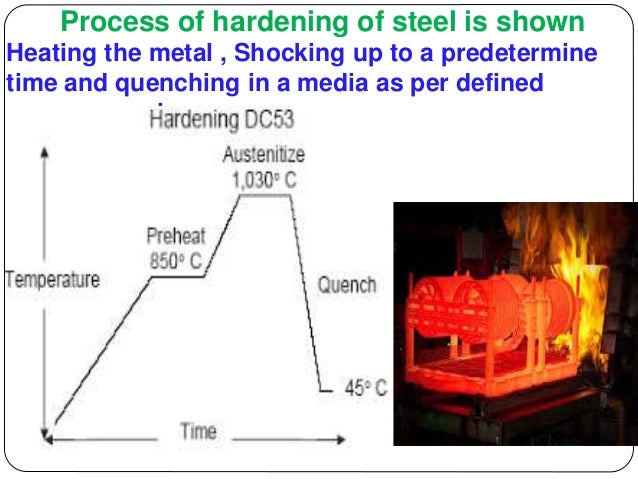
Heat Treatment Of Ferrous And Nonferrous Metals
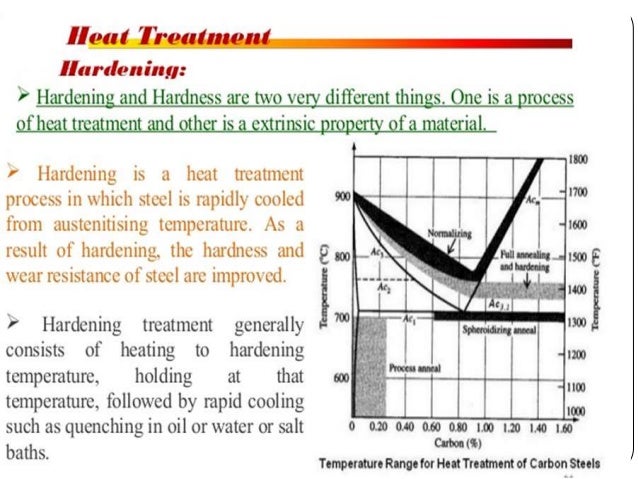
Heat Treatment Of Ferrous And Nonferrous Metals
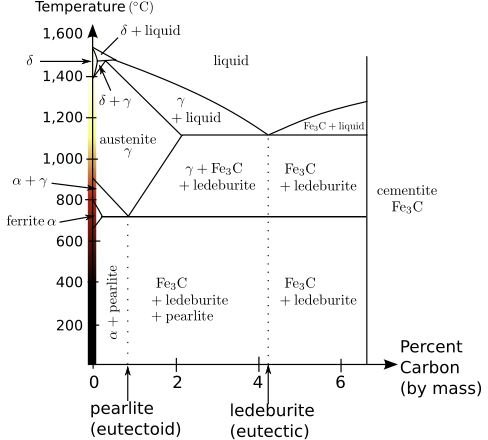
What Is The Difference Between Heat Treatment Annealing And Tempering Bright Hub Engineering

Heat Treatment Of Ferrous And Nonferrous Metals